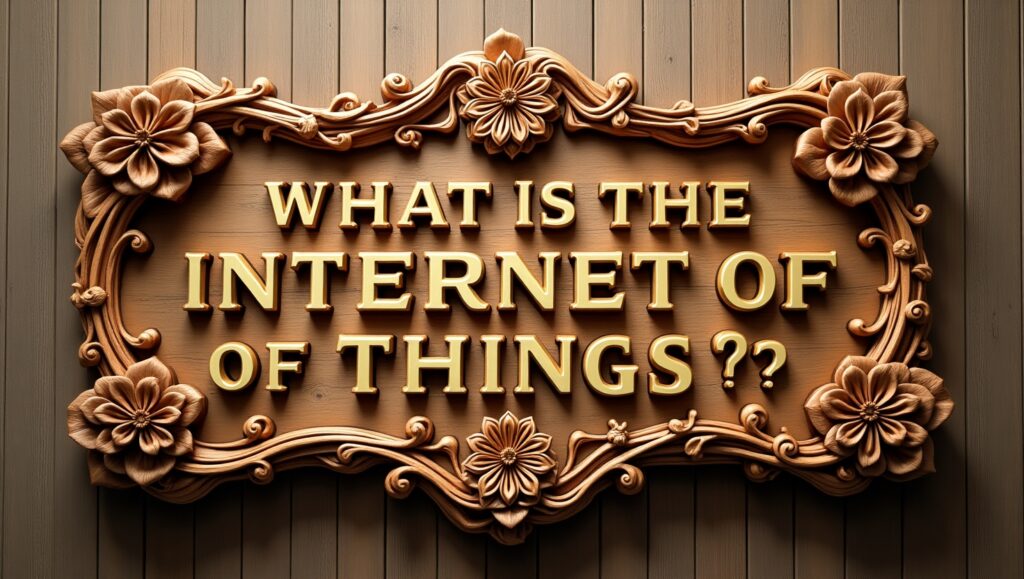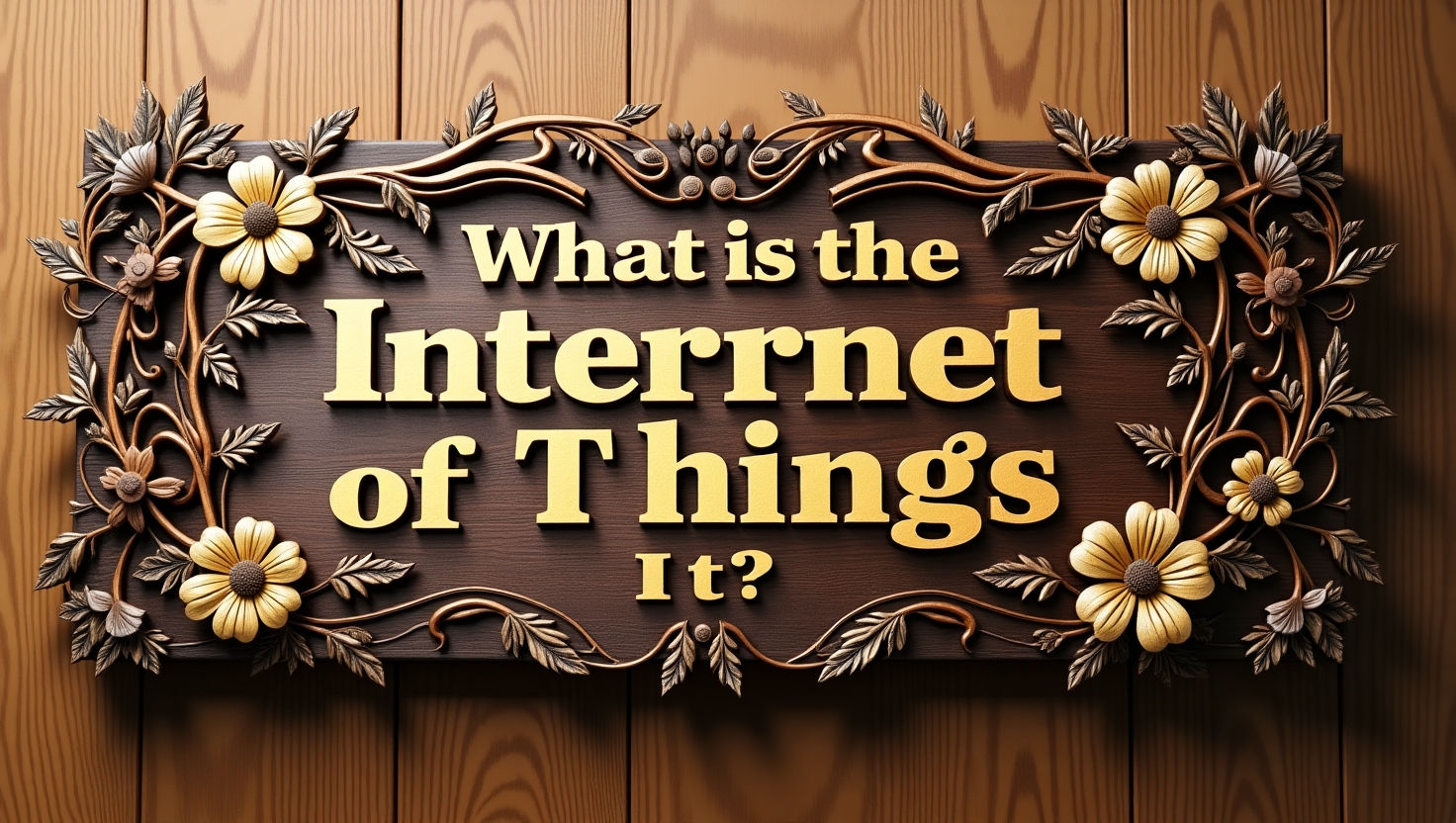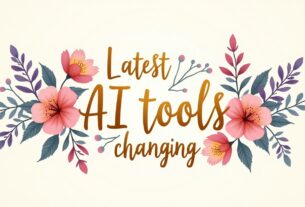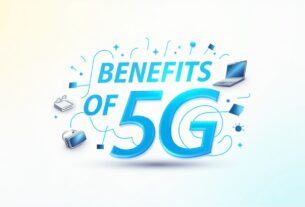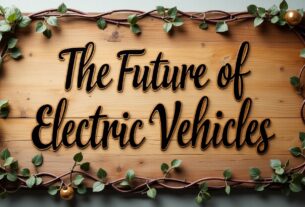The Internet of Things (IoT) is one of the most revolutionary technologies in today’s digital world. It’s revolutionizing our homes, cities, and industries by linking gadgets to the internet and letting them to interact, collect data, and make choices. But what exactly is IoT, and why is it such a big deal? Let’s break it down in basic, human terms.
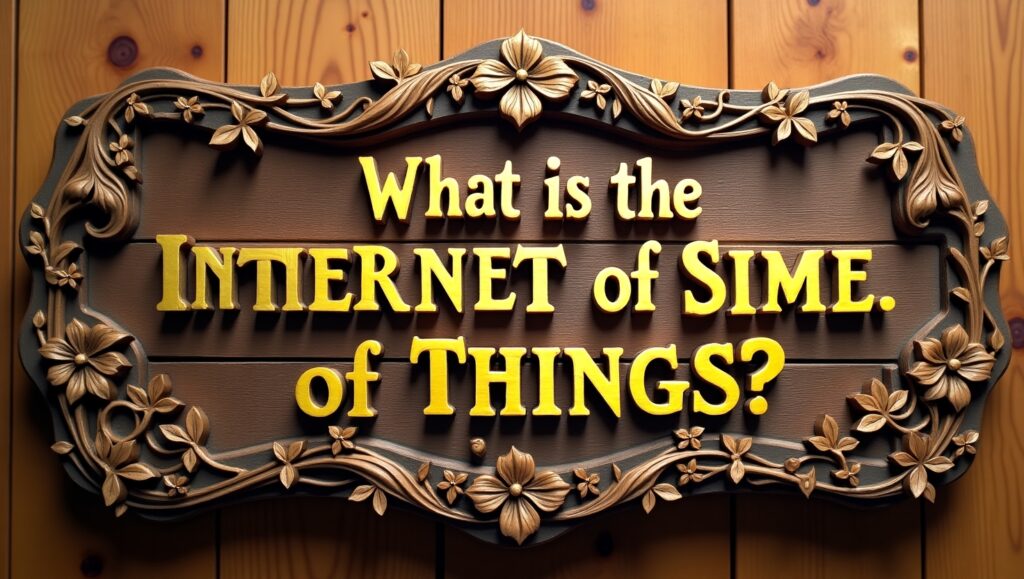
What is the Internet of Things (IoT)?
The Internet of Things (IoT) refers to a network of physical objects—also termed “smart” devices—that are embedded with sensors, software, and other technologies. These gadgets communicate and share data with other devices and systems over the internet.
In simply, IoT is the idea of providing a digital voice to common objects—from refrigerators and light bulbs to industrial machines and traffic lights—so they can connect and work together to make our lives easier.
Real-World Examples of IoT
IoT isn’t just a futuristic concept—it’s already all around us. Here are a few real-life examples:
Smart Homes: Thermostats that learn your preferences, lights you can control with your phone, and smart doorbells that allow you see who’s at your door from anywhere.
Wearables: Fitness trackers and smartwatches that monitor your health and send data to your phone or doctor.
Smart Cities: Sensors on roadways and streetlights that manage traffic flow or detect maintenance needs.
Agriculture: IoT sensors monitor soil moisture and weather variables to help farmers improve irrigation.
Healthcare: Devices that track patient vitals remotely, minimizing the need for hospital visits.
How Does IoT Work?
The IoT ecosystem is made up of numerous critical components that interact together:
Devices/Sensors: These collect real-time data. For example, a smart fridge might incorporate a temperature sensor.
Connectivity: The gadget requires a way to convey its data, which could be by Wi-Fi, Bluetooth, 5G, or another network.
Data Processing: Once data is collected, it’s forwarded to the cloud or a local server for processing. Software then examines the data and decides what action to take.
User Interface: Finally, users engage with the system—like getting notifications or making adjustments using a smartphone app.
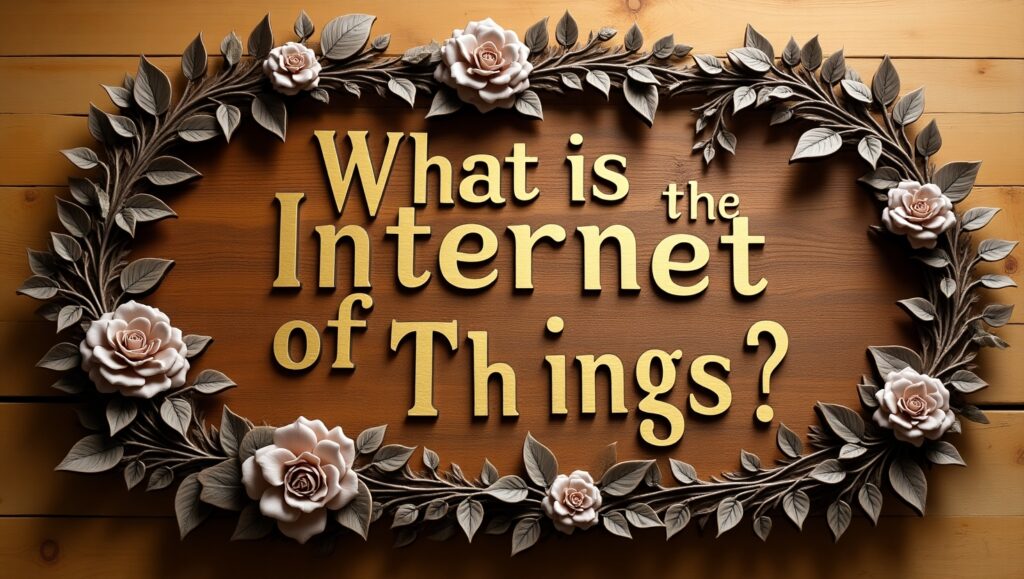
Benefits of IoT
IoT is increasingly transforming the way we live and work. Here are some of its greatest advantages:
- Convenience
Imagine waking up to lights that switch on automatically, a coffee machine that starts brewing as soon as you step out of bed, and a temperature that adjusts based on your preferences. IoT makes ordinary living more smooth. - Efficiency and Automation
In industries, IoT improves operations by automating repetitive processes, monitoring equipment health, and lowering energy usage—saving time and expenses. - Improved Decision-Making IoT devices generate vast amounts of data, giving companies and individuals valuable insights. For example, retail organizations use IoT data to track client behavior and enhance service.
- Better Safety and Health
From smart smoke alarms to health-monitoring wearables, IoT promotes personal and public safety by detecting issues early and preventing calamities. Challenges of IoT
Despite its benefits, IoT also introduces challenges: - Security Risks
With so many devices connected to the internet, security becomes a huge problem. Hackers can exploit weak holes in poorly secured devices to access sensitive data. - Privacy Concerns
Many people worry about how their data is used and who has access to it. A smart speaker that listens for commands might possibly record private talks. - Complexity
Setting up and managing several linked devices can be tough, especially for non-tech-savvy people. - Interoperability
Many gadgets come from different manufacturers and employ different standards, making it challenging for them to function together efficiently
. The Future of IoT
The future of IoT is tremendously promising. As 5G networks spread and artificial intelligence (AI) improves, IoT devices will become quicker, smarter, and more reliable. Some future tendencies include: Smart cities that can predict traffic, minimize pollution, and enhance emergency response times. Connected healthcare that offers continuous patient monitoring and remote procedures. Industrial IoT (IIoT) that automates entire factories and supply chains. Experts predict that by 2030, there might be more than 25 billion connected IoT devices worldwide. Conclusion
The Internet of Things (IoT) is altering our environment in ways we never envisioned just a decade ago. From smart homes and cities to life-saving medical devices and innovative manufacturing systems, IoT is driving the next wave of innovation. However, with great power comes great responsibility. Ensuring security, privacy, and right laws will be crucial as we continue to integrate IoT into every part of our lives. Understanding IoT today means being more prepared for the linked world of tomorrow. Keywords: Internet of Things, IoT gadgets, what is IoT, IoT examples, smart technology, IoT benefits, IoT problems.
